The given figure shows the variation of force applied by ideal gas on a piston which undergoes a process during which piston position changes from 0.1 to 0.4m. If the internal energy of the system at the end of the process is 2.5 J higher, then the heat ( in joule ) absorbed during the process is
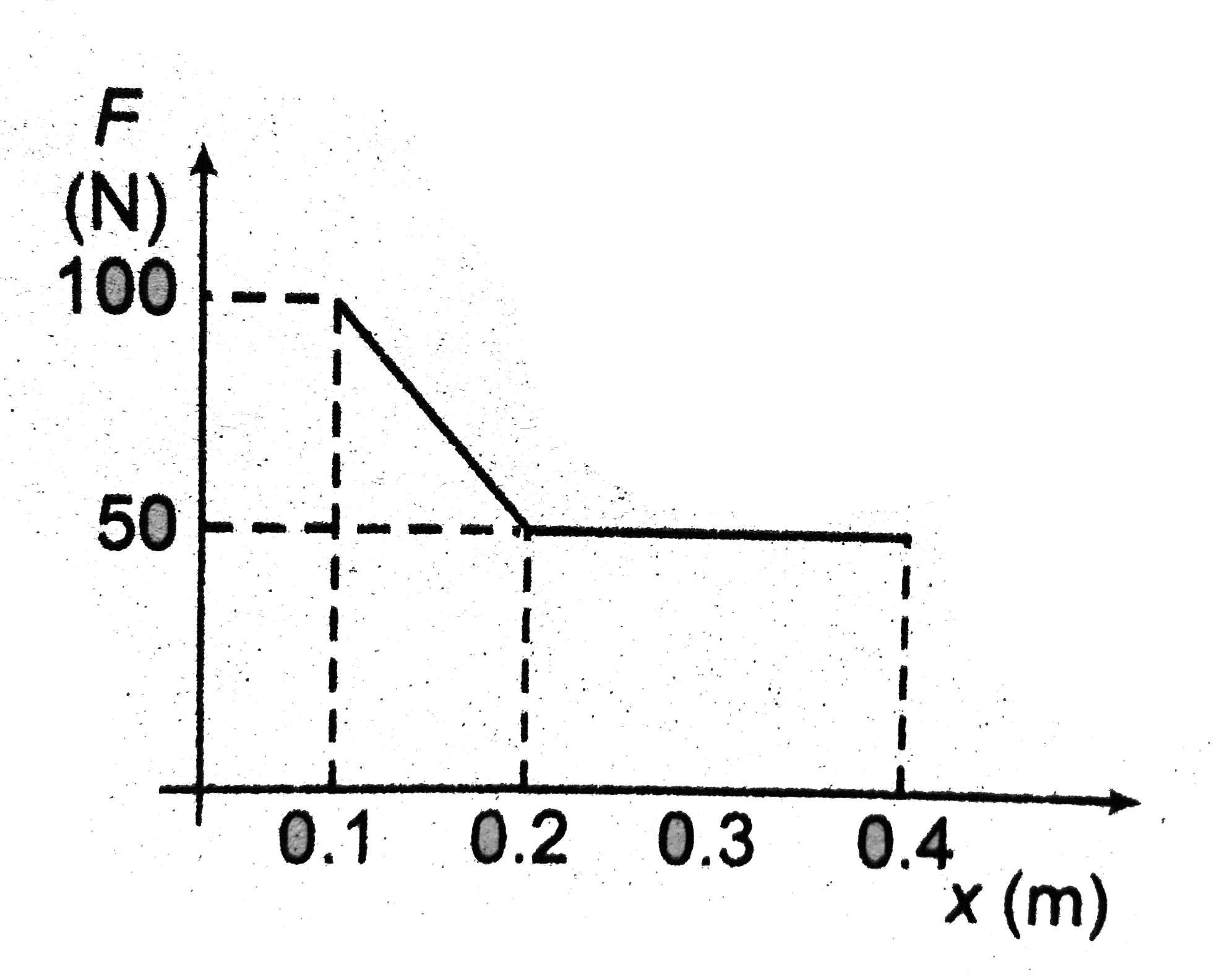
The correct Answer is:20J
W= Area under F-x graph
=17.5J
Now, Q=W+ΔU=20J
Topper's Solved these Questions
- LAWS OF THERMODYNAMICSBOOK - DC PANDEYCHAPTER - LAWS OF THERMODYNAMICSEXERCISE - Level 2 More Than One Correct
6 Videos
- LAWS OF THERMODYNAMICSBOOK - DC PANDEYCHAPTER - LAWS OF THERMODYNAMICSEXERCISE - Level 2 Passage I
2 Videos
- LAWS OF THERMODYNAMICSBOOK - DC PANDEYCHAPTER - LAWS OF THERMODYNAMICSEXERCISE - Level 1 Subjective
24 Videos
- LAWS OF MOTIONBOOK - DC PANDEYCHAPTER - LAWS OF MOTIONEXERCISE - Medical entrances gallery
39 Videos
- MAGNETIC EFFECT OF CURRENT AND MAGNETISMBOOK - DC PANDEYCHAPTER - MAGNETIC EFFECT OF CURRENT AND MAGNETISMEXERCISE - Integer type Questions
10 Videos
Similar Questions
The given figrue shows the variation of force exerted on the piston by an ideal gas (enclosed in a piston-cylinder arrangement) that undergoes a process during which piston position changes from 0.1 to 0.4 m. if the initial internal energy of the system is 3.25 J then find the net heat (in joule) absorbed during the process.
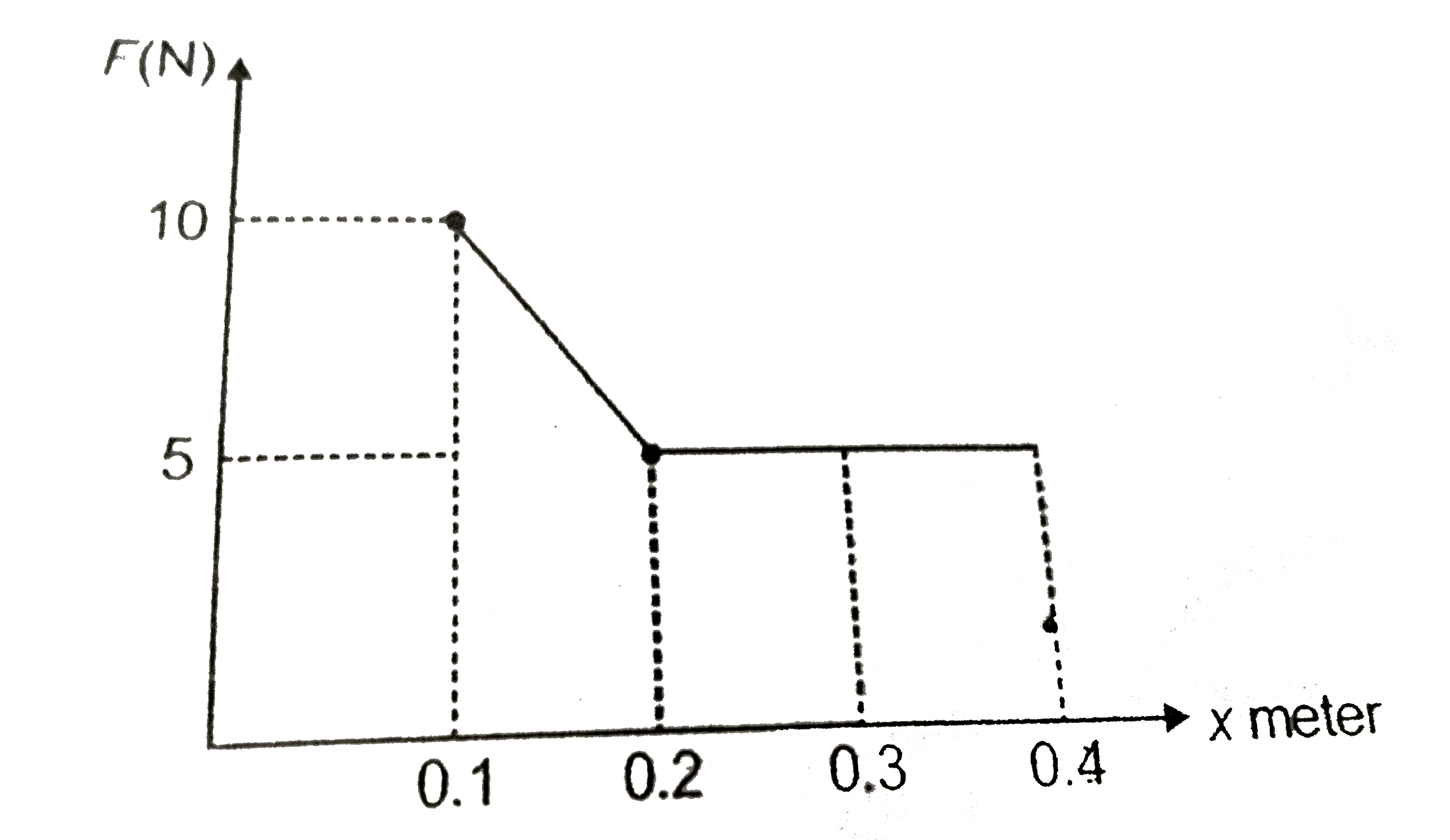
View SolutionOne mole of an ideal gas at initial temperature T, undergoes a quasi-static process during which the volume V is doubled. During the process the internal energy U obeys the equation U=aV(3) where a is a constant. The work done during this process is-
View Solution
Knowledge Check
If the internal energy of an ideal gas varies as U=2PV and the gas undergoes an expansion as shown below, then heat absorbed in the process will be :
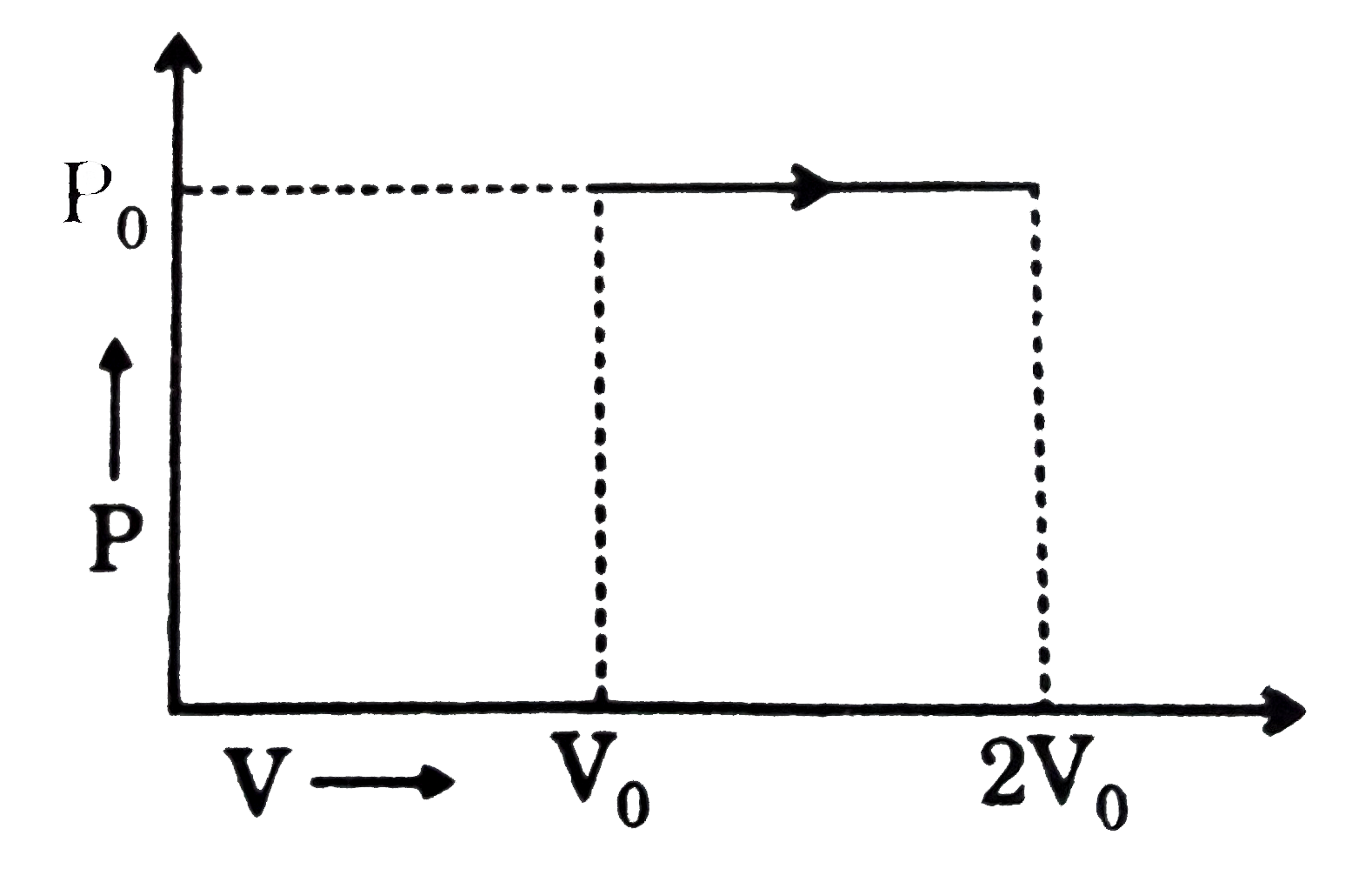 AP0V0BP0V02C3P0V0D32P0V0
AP0V0BP0V02C3P0V0D32P0V0If work done by the system is 300 joule when 100 cal. Heat is supplied to it. The change in internal energy during the process is :-
A−200 JoulB400 JoulC720 JoulD120 JoulAn ideal gas with adiabatic exponent (γ=1.5) undergoes a process in which work done by the gas is same as increase in internal energy of the gas. Here R is gas constant. The molar heat capacity C of gas for the process is:
AC=4RBC=0CC=2RDC=R
Shows a process ABCA performed on an ideal gas. Find the net heat given to the system during the process.
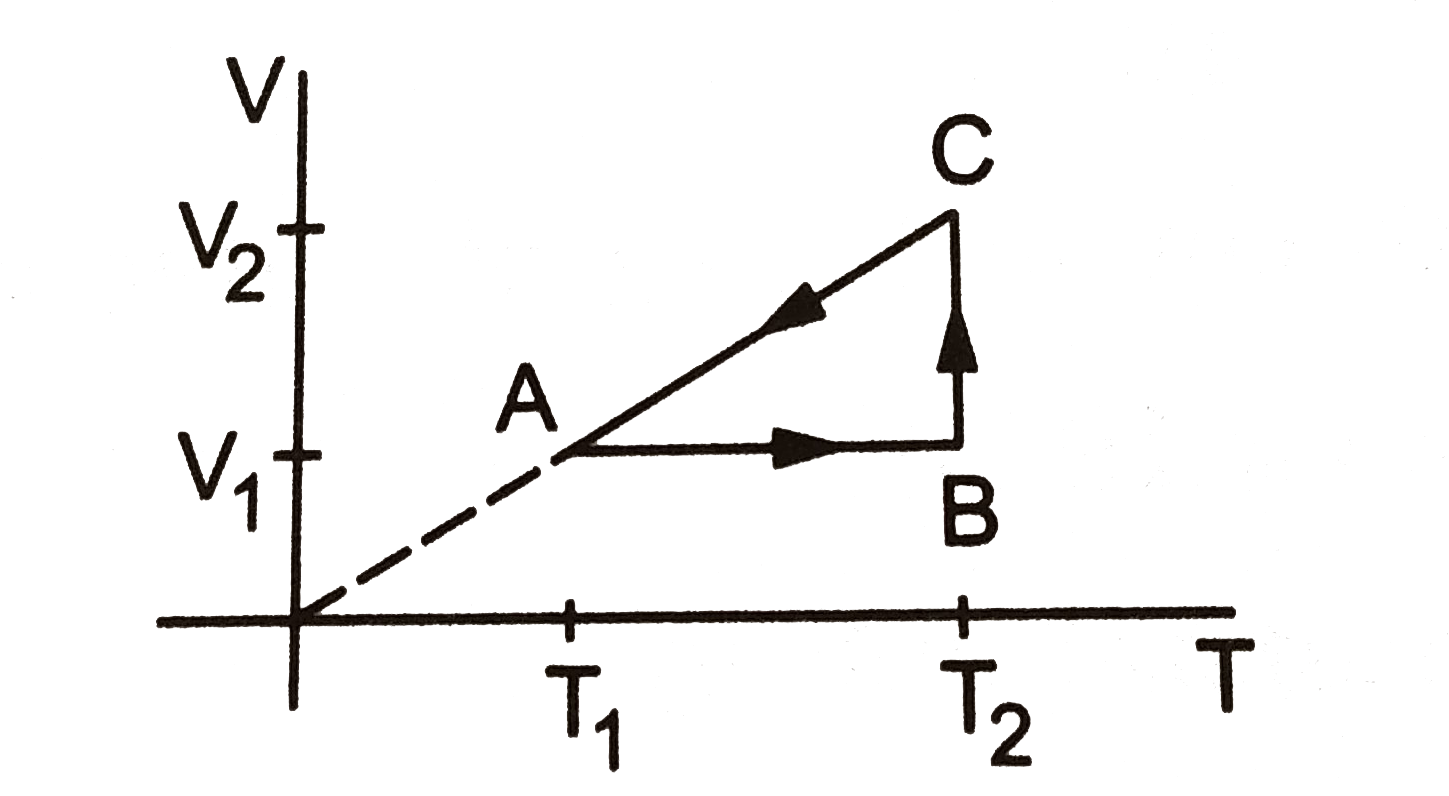
View SolutionCorresponding to the process shown in figure, the heat given to the gas in the process ABCA is (0.2x)J. Find value of x.

View SolutionOne mole of an ideal monotomic gas undergoes a linear process from A to B in which its pressure p and its volume V change as shown in figure.
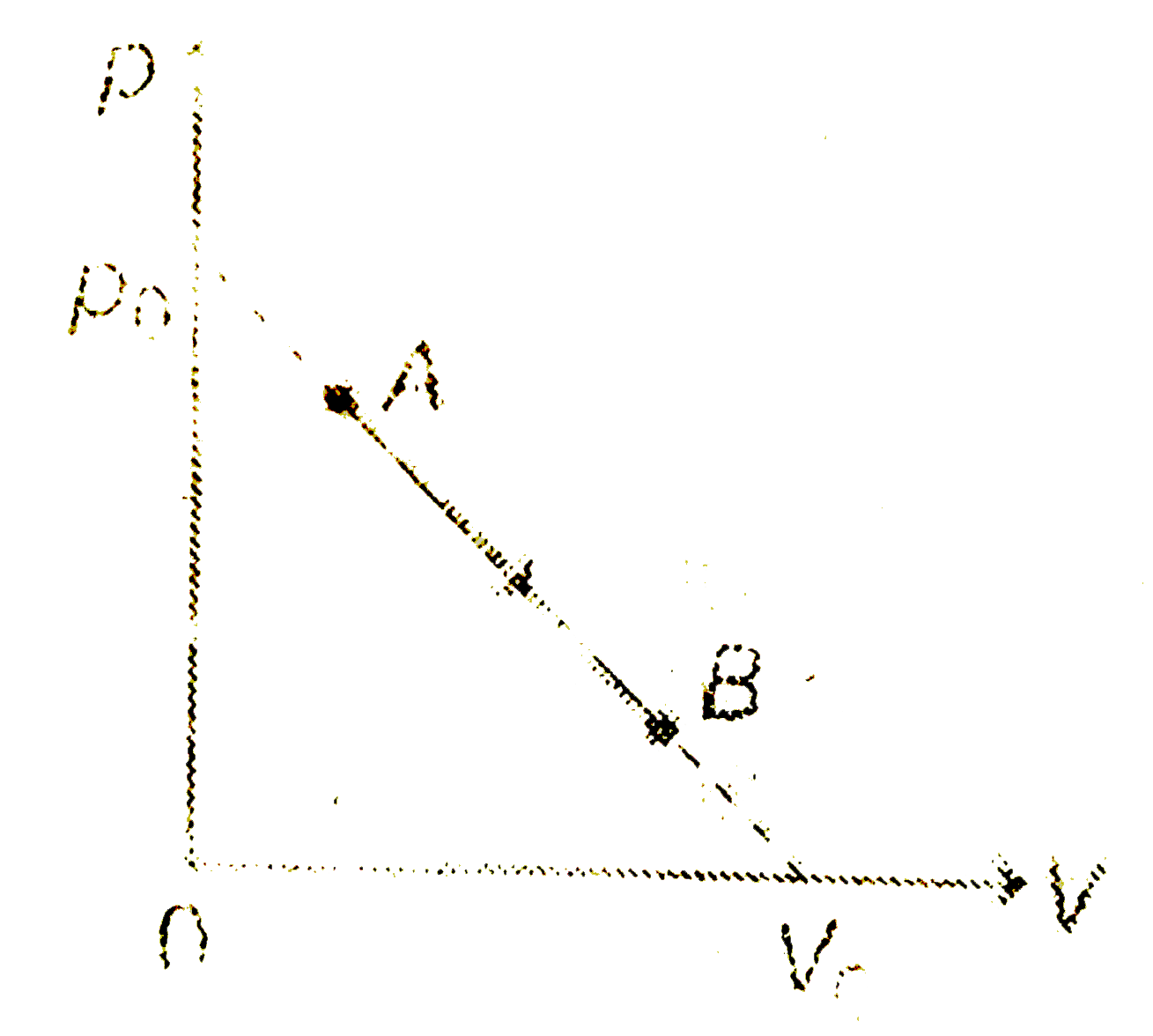
The maximum temperature of the gas during this process is
View SolutionAn ideal gas with adiabatic exponent γ=43 undergoes a process in which internal energy is related to volume as U=V2 . Then molar heat capacity of the gas for the process is :
View SolutionA system is provided 50 joule of heat and work done on the system is 10 J. The change in internal energy during the process is
View Solution
